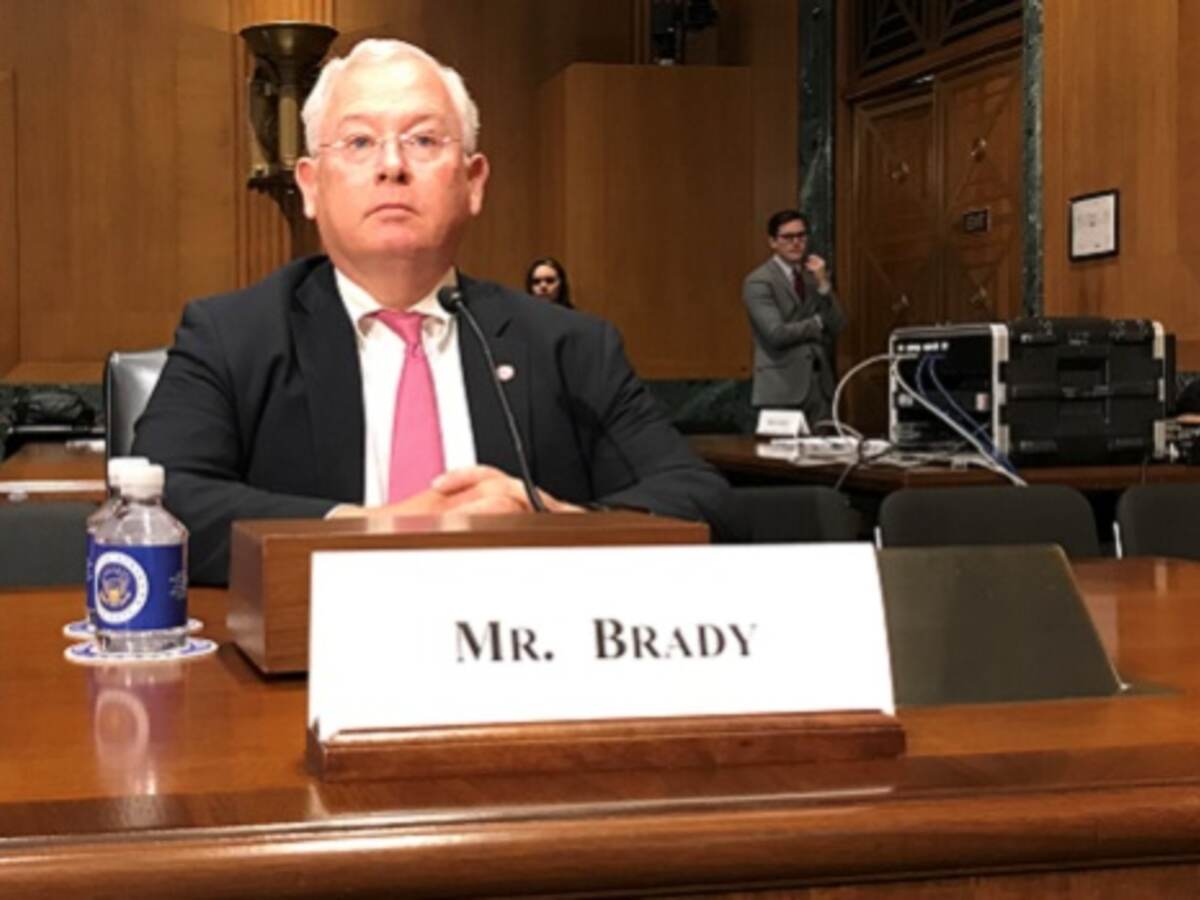March 13, 2018
Nestled amongst the boxes of counterfeit iPhones, hoverboards and Microsoft Xbox 360 hard drives were boxes of lithium-ion batteries, clapper devices, flashlights and headlamps – proof that almost anything produced can and will be copied by counterfeiters.
Counterfeit goods cost the U.S. economy as much as $600 billion a year, according to the 2017 IP Commission Report on the Theft of American Intellectual Property, and it’s growing, according to a recent Government Accounting Office (GAO) report released in February 2018. The report revealed a 38 percent increase in seized counterfeit products between 2012 and 2016 with over 34,000 shipments seized in 2017 by the Customs and Border Protection (CBP) agency.
Not only has the volume of counterfeit goods increased dramatically but so has the variety of counterfeit goods sold to consumers. UL’s Global Security and Brand Protection team conducted over 1,200 investigations of suspected counterfeit UL marked products in 2017, resulting in the seizure of 1.5 million fraudulent items. The items confiscated predominantly included power supplies, batteries, surface-mounted lights and cord sets with other seizures yielding counterfeit hoverboards, life jackets, household fans and sprinklers.
Terry Brady, president of Underwriters Laboratories and formerly chief commercial and legal officer at UL, testified before the Senate Committee on Finance on March 6, 2018, that the counterfeiting issues seen by UL in the traditional marketplace are “amplified in the borderless world of e-commerce.”
The proliferation of online merchants and its accompanying $453.5 billion in total e-commerce sales for 2017 has made it difficult to determine the exact volume and value of counterfeit goods. Selling counterfeit products is now as simple as shipping an individual package from a third-party seller directly to a consumer’s doorstep.
“As shippers go direct to consumers rather than risking an entire cargo container, stopping the sale of counterfeit products becomes very, very difficult.,” Brady said. “This is a challenge that legitimate e-commerce platforms and IP rights holders have to work on together.”
Stopping the Shipment of Counterfeit Products
UL depends heavily on public-private partnerships to help continue the fight against counterfeiters. When asked by Senator Orrin Hatch of Utah what U.S. agencies can do to assist private efforts to stop the shipment of counterfeit products, Mr. Brady offered the following specific suggestions:
- Provide real-time, transparent intelligence as organizations like UL rely on civil and criminal enforcement procedures beyond seizure and destruction. Companies need current, actionable data to pursue civil and criminal cases against the counterfeiters. “Intelligence goes stale very quickly, and these criminals quickly change their websites, email addresses, methods of shipment, even their physical locations - they move fast and we, together with the government, need to move faster,” Brady said.
- Increase penalties for the sale of counterfeit products as the current penalties do not have a significant impact on counterfeiters. “We see evidence from, for example, the L.A. prosecutors that counterfeiters get out really quickly and go right back to business the same day,” explained Brady. “The prosecutors are actually trying civil suits against these people (the counterfeiters) because they don’t know how to manage the civil suit, but their jailhouse lawyers can get them out with a slap on the wrist the same day.”
- Strengthen civil penalties under the Laham Act (15 USC 1117) by increasing the minimum and maximum of statutory damages that may be imposed against counterfeiters, and imposing even more severe penalties against counterfeiters where there is a life safety risk.
- Conduct outreach to and training for judges to remind them of the existing authority they have to impose penalties on counterfeiters.
- Work with the e-commerce platforms and search engines to prevent the shipment of counterfeit products in the first place. “It’s critical to work with the platforms and search engines to shut down these people offering fake goods, so the purchase never happens in the first place,” offered Brady. “Once the envelope leaves the seller and heads to the buyer, it's very, very hard for the authorities to intercept it.”
The rise of e-commerce has contributed to an increase in the sale of counterfeit products, but with a strengthening of public-private partnerships, organizations, like UL, can help protect the safety of U.S. consumers.

